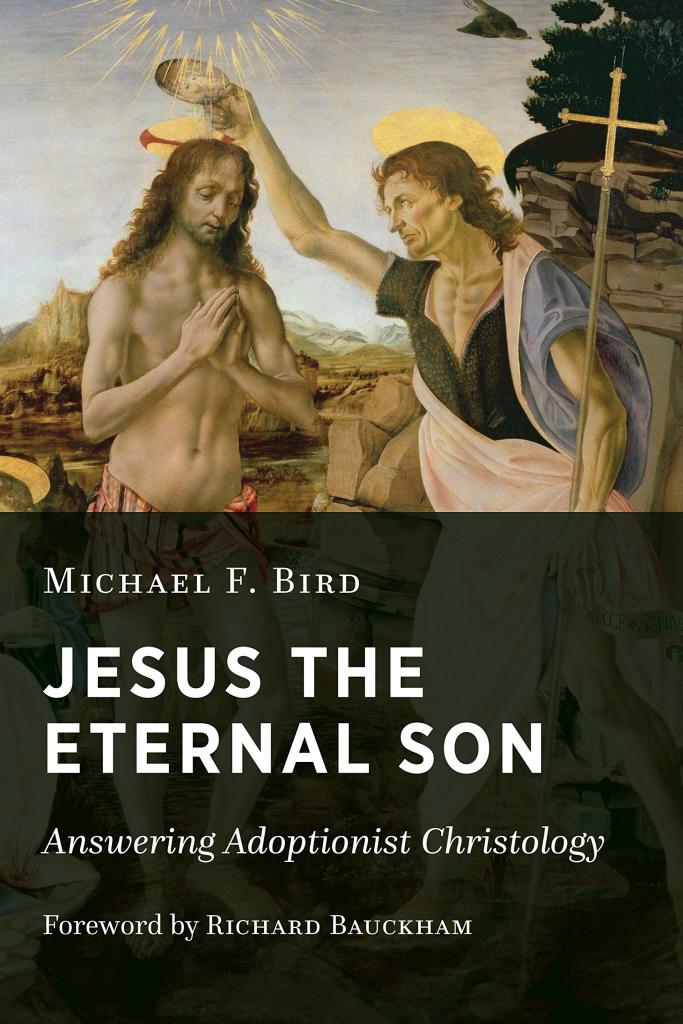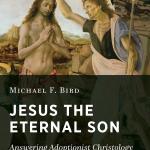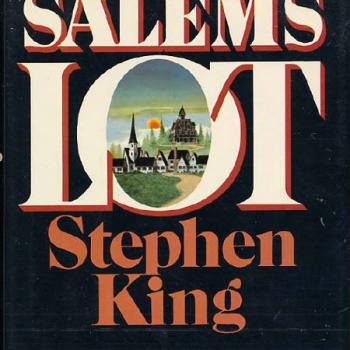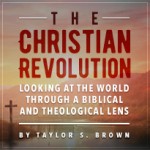After a month away from blogging (I recently started a new job and have had some other life events occur), I’ve decided to try something new. In the past I’ve generally tried to rack my brain for topics to write about. I’ve written about selections from various books I’ve been reading, cultural topics, and other miscellaneous items. What this has resulted in is a bit of a mishmash of articles on this site.
However, with this post I am going to experiment with a series of articles commenting on a book I have just started reading. Think of it as a bit of a hybrid between an extended review and an online bookclub where I (and the author I am reading) are the ones conducting the discussion.
Keep in mind that this is a bit of an experiment. It may work out wonderfully and I’ll continue to use it in the future. It may work out very poorly, in which case I will go back to the drawing board and experiment with some other formats. Now, with that disclaimer out of the way, I’ll introduce the book in question.
For this inaugural/experimental series of posts, I will be commenting my way through Michael Bird’s recent volume, Jesus the Eternal Son: Answering Adoptionist Christology (Eerdmans, 2017). Bird is one of my favorite New Testament theologians working today. Not only is he a brilliant scholar of early Christianity, he is also a very talented (and funny) writer. I reviewed his 2014 book, The Gospel of the Lord: How The Early Church Wrote the Story of Jesus (Eerdmans, 2014) a couple of years ago for Seedbed and continue to follow both his scholarly and popular writing (his Twitter account is also well worth following).

The reasons I’ve chosen to read and comment on Bird’s book are as follows: First, I really enjoy Bird’s work and have wanted to read this book for sometime. Second, the perennial question of how we understand Christology and the divine and/or human status of Jesus of Nazareth is of paramount importance for the Christian faith. It impacts not only what we believe about Christ, but also what we believe about salvation and the restoration of creation. As Gregory of Nazianzus so poignantly put it in his letter to Cledonius critiquing the later Christological heresy of Apollonarianism: “For that which He [Christ] has not assumed He has not healed; but that which is united to His Godhead is also saved” (Epistle 101, “To Cledonius the Priest Against Apollonarius”). While Gregory is answering a heresy that denies the full humanity of Christ (basically the opposite of adoptionism, which denies the full, preexistent divinity of Christ), the underlying principle is the same: if the the full humanity of the man Jesus is not fully assumed by the fully divinity of preexistent second person of the Trinity, then true healing from the scourge of death and decay does not occur. Finally, Bird’s volume is relatively concise. At only 155 pages and six chapters, it is is a relatively short book to work through. More importantly though, this means it will be easy to blog through in 6-8 posts. Easier writing for me; easier reading for you all.
So, there you have it. Like I said above, this will be a bit of an experiment. It may be that I love the format and continue to use it in the future. It may be that it just doesn’t work as well as planned and I scrap it for another model. Whatever the case may be, it should at least be an interesting ride, and if nothing else a great trip through the writing of a fantastic scholar and churchman.
In the next post, I’ll comment on the opening chapter of the book, “Christology and Christian Origins.” Look for it in the next day or two!
Soli Deo Honor et Gloria












